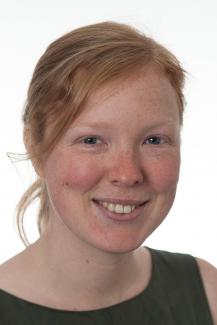Remote sensing for measuring housing supply in Kigali
- In Kigali, data on the building stock of the city is poor. This inhibits efforts towards land valuation, and the increased tax revenues that can arise from that.
- This project tested the potential of remote sensing, specifically satellite imagery, as a cost-effective way to monitor the city’s building stock, and how it has changed over time.
- Researchers created a spatial data set, showing how the types and numbers of buildings in Kigali have changed from 2008-09 to 2015.
- The data set shows a rapid building expansion between 2008-09 and 2015 and suggests that Kigali’s city administration should get ahead of demand and start neighbourhood servicing and grid planning. The dataset will continue to inform land valuation efforts in the city as it continues to expand.
In any city, knowing the make-up of the building supply is vital to make strategic decisions on infrastructure, and also to bring in the crucial tax revenue to finance these projects by means of effectively taxing land. However, in many developing cities, the capacity to collect data on the housing supply and building stock remains limited.
In Kigali, one of the many African cities where data is sparse, this project tested the potential of a cost-effective way of identifying building coverage and type: satellite imagery.
Satellite imagery has in fact been used before to map the building stock in Kigali. However, this project was the first to map how building type and coverage in the city has changed over time by comparing satellite imagery from 2008-09 and 2015. By comparing across this time frame, researchers, policymakers, and local stakeholders could more clearly understand the medium-term trends in the physical make-up of Kigali.
From the spatial data set that the project produced, some key themes emerged. Firstly, as expected, there is a rapid expansion in the building coverage in Kigali. But importantly, much of this expansion has been into unplanned areas, suggesting that the city government of Kigali should be planning for infrastructure projects in other areas currently not built up. Secondly, there has been a lack of improvement in building quality in the central areas of the city, which would be expected.
From discussions of the spatial dataset with Kigali’s city government and the Rwandan central government, it was clear that coordination on the issue of urban planning is key. Officials within the city government stated that the lack of improvement in central buildings was down to an excessively stringent master plan.
The investigation also showed the continued potential and limitations of satellite imagery as a form of data to inform urban planning. Issues like roofs being the same colour as dirt roads meant that sometimes buildings were not recognised automatically. However, with a refinement of issues like these, satellite imagery has significant potential to become a reliable source of data for urban planning not just in Rwanda, but in developing cities around the world.




